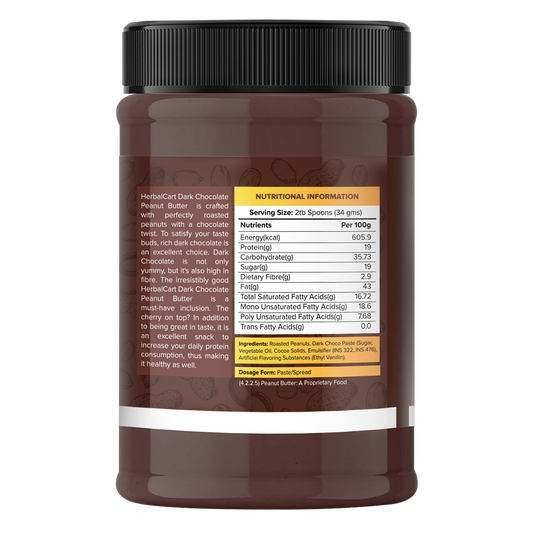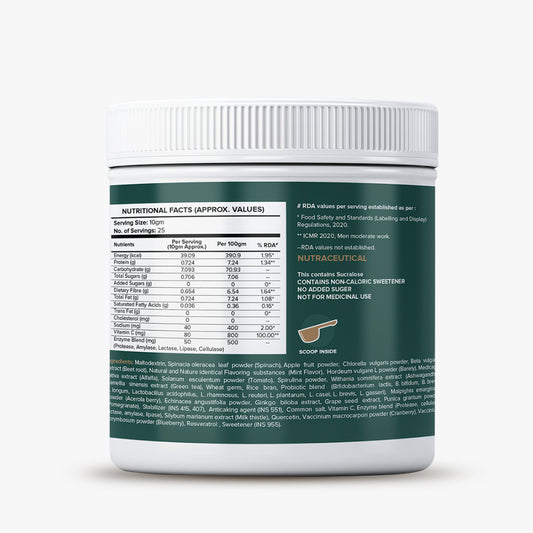Between the iliac bones and sacrum are located the SI joints that link the spine with the hips. Providing stability, flexibility and support, the joints absorb the impact when an individual lifts or walks. If we talk from the back region of human body, SI joints are below the waist right at the point with the two dimples.
SI joints are supported by the muscles and ligaments. With age, an individual’s cartilage wears down, which leads to rubbing together of the bones, thereby, causing severe pain. Since the SI joint has fluid and nerve endings, it causes pain when the joints either don’t move appropriately or degenerate.
Extremity of the pain varies from mild to severe and depends on the level of injury and the cause behind. While acute joint pain happens all of a sudden and goes away in few days or weeks, chronic pain extends for more than three months and may increase while doing certain activities.
Symptoms of SI Joint Pain

Though SI joint pain usually happens on one side, it can happen on both the sides as well. Noticeable signs & symptoms make it obvious to understand whether a person is affected by SI joint pain. The most usual indicators are:
- Pain in the groin
- Pain in the hips, pelvis and buttocks
- Pain in the lower back
- Numbness or tingling sensation
- Pain in one SI joint
- Lack of support to body by the legs
- Weakness
- Pain that goes down the thighs and upper legs
- Chronic pain while getting up upon sitting
- Burning sensation or stiffness in the pelvis
- Increased pain while sleeping, climbing stairs, walking or even standing
Causes of SI Joint Pain

Below outlined causes are the major reasons that make a person undergo the wrath of terrible pain:
- Arthritis: Osteoarthritis is highly possible to occur in the sacroiliac joints. Besides it, ankylosing spondylitis, a form of inflammatory arthritis is also possible which creates impact on the spine.
- Infection: Though it’s rare, but SI joint may get infected.
- Traumatic injury: The joints can also undergo damage due to sudden impact of a fall or accident or sports.
- Pregnancy: Accommodating childbirth is possible when the joints loosen up and stretch. Increased weight during this phase along with altered gait increases possibilities of excess stress on the SI joints, thus, causing abnormal wear.
Other reasons are:
- Spinal injury
- Old age
- Injury or stress on the joints again & again
- Spinal surgery
- Vigorous exercise
- Gait abnormalities
- Leg length discrepancy
Treatment of SI Joint Pain

Yoga, physical therapy and massage are considered the effectual ways to stabilize the pain and strengthen the joints, which then curbs the pain to a great extent. Apart from these, cold packs, pain medication and injections are also the good alternatives. Upon settling down the pain, one can soak in a warm bath or apply heat wrap or heating pad. Last but not the least, SI joint can be supported through a sacroiliac belt to reduce the pain.
SI Joint Pain Exercises

Exercises have always been a great support to lean on when it comes to overcome the discomfort and seek long-term joint pain relief . Take a look at some proven exercises that are highly helpful for those who are suffering from SI joint pain.
You might be interested in “Ouch! My Knees Pain Terribly.” – Your Story? Put An End With These Exercises
1. Knee Rotation
This one is gentle yet promising. It can be done by laying flat on the back with the knees bent and feet placed flat on the floor. With the lower back anchored on the floor and the lower spine still, knees have to be gently swayed to the left. The position is held for a few seconds, upon which knees are returned to center. The same has to be repeated on the right side. 8-10 repetitions for each leg have to be done.
2. Child’s Pose Stretch
Beauty of this exercise is the fact that is stretches the hips and relaxes the muscles. It starts with hands and knees, as knees have to be spread apart and buttocks are made to rest on the heels. Arms have to be extended with the palms facing down. One must extend their arms as far as possible. The pose has to be held for a minute and has to be repeated in between the stretches as required.
3. Bridge
This exercise supports the SI joint by strengthening the glutes and lower back. The person has to lie on their back with knees bent, arms against the body and palms against the floor. Squeezing the buttocks, hips are raised off the ground to assure the torso aligns into a straight diagonal line. The position has to be held for 5 seconds. The exercise has to be repeated 8-10 times.
4. Knee-to-Chest Stretch
It stretches the back and hips and can be done as single stretch as well as double stretch.
-
Single stretch: With legs extended, one has to lie on the back. While pulling one knee towards the chest, he/she has to exhale. This has to be held for 5-10 seconds. While lowering the leg back, he/she has to inhale. The same is repeated for another leg. The process has to be continued till 8-10 repetitions per leg.
- Double stretch: Here, both the knees have to be pulled towards the chest while lying on the back. The position has to be held for 5-10 seconds upon which legs have to be lowered slowly. 8-10 repetitions per leg are to be performed.
5. Bird Dog
The exercise is good for the abdominal muscles and lower back. Spine and neck are to be kept in a neutral position while looking at the ground. Right leg is extended behind and left arm is extended forward. Shoulders and hips are kept straight to assure the back doesn’t arch. The position has to be held for 5 seconds and per side repetitions to do are 6-10.
SI joint pain is a condition that affects millions of people across the world and has to be taken seriously to prevent the trouble from exceeding the tolerance level. If you are yourself going through it or know someone with the condition, share with them this information and help them bring relief, if not end, to the joint pain.










































































